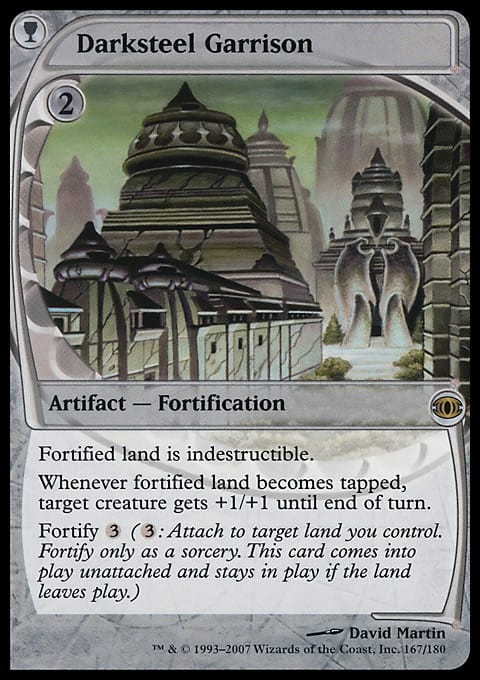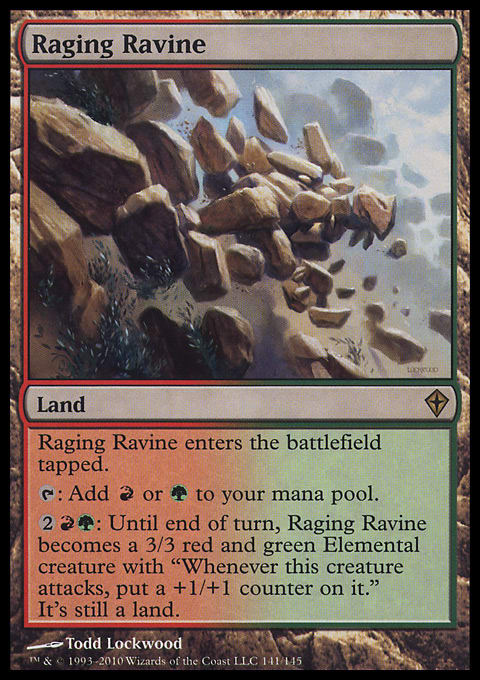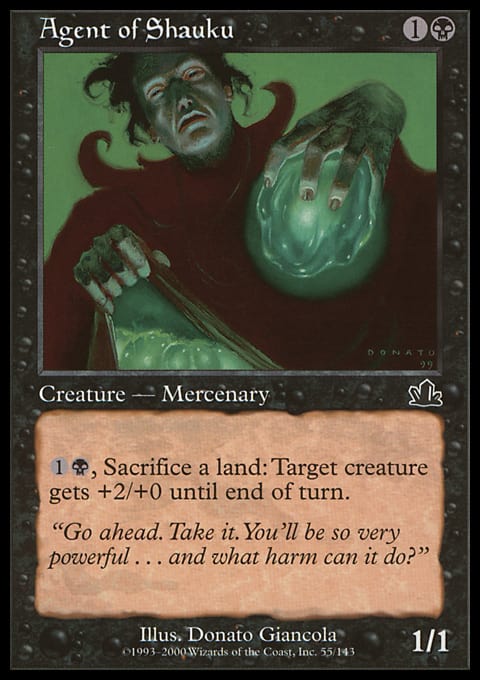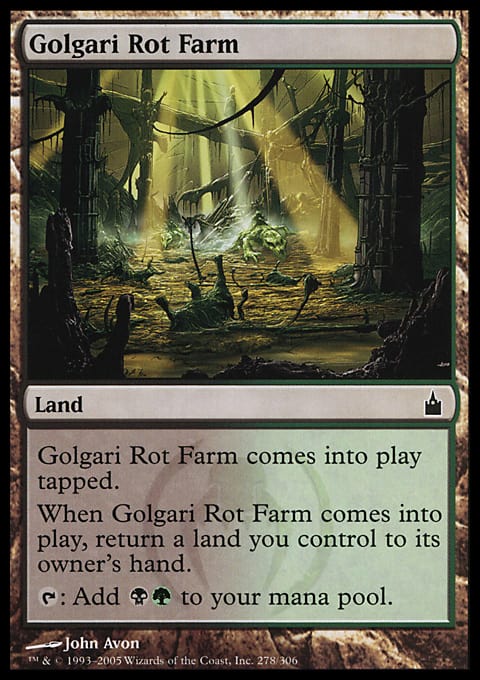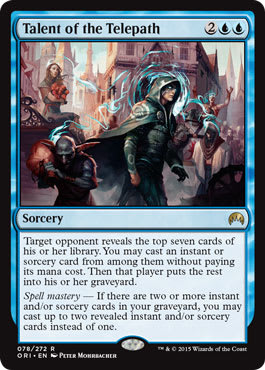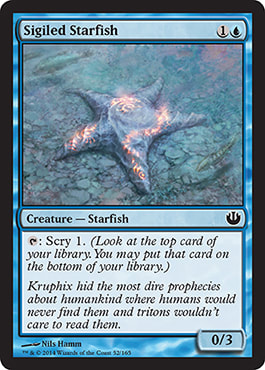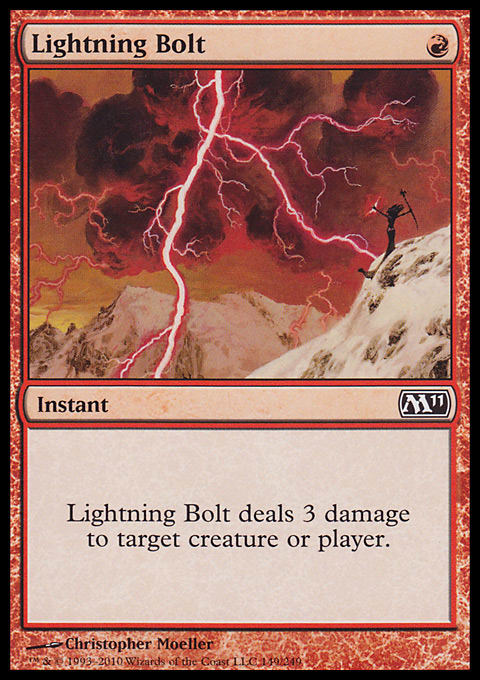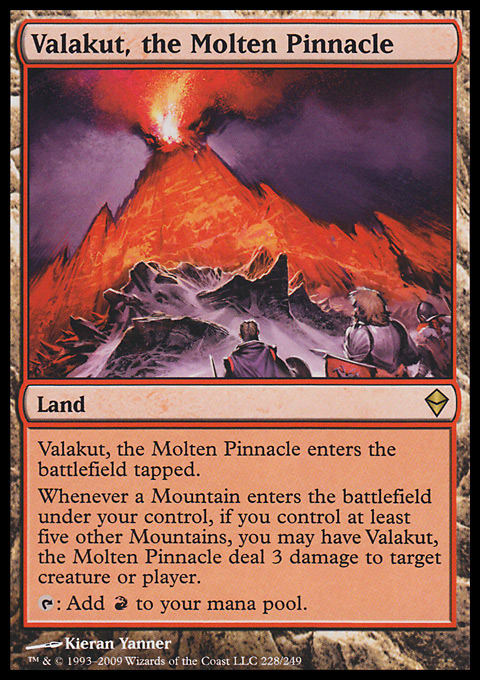Today’s Article is meant for Gamer Vorthoses. If you are interested in discussions about how game mechanics translate into flavor, this article is for you.
@Vronos Can't stop, won't stop (using different flavor for the same mechanics to achieve the best result).
— Ethan Fleischer (@EthanFleischer) August 17, 2015
Vorthoses the world over are desperate for answers. We all know that in a game of Magic, we take on the role of Planeswalkers. Plane-hopping travelers, we power our spells by forming bonds with the very lands we visit. In a game of Magic, this is represented by land cards, and while it makes sense that I would power my fireballs with the red mana of a mountain, one thing has always remained unclear:
When I Play a Mountain Card, What on Earth Does That Actually Represent?
For a while, the general belief among Vorthoses was that when a player plays a land card, it represents a mana bond the player has made with that particular land. The recent reveal of Battle for Zendikar’s mechanic awaken seems to fly in the face of that general assumption.
Today, we will be looking at the two most supported theories dealing with the flavor of lands in an attempt to better understand this Vorthosian dilemma.
Theory A: When you play a land card, you are effectively summoning that land to the battlefield.
Prior to the Mending, Planeswalkers were immortal, omnipotent beings with seemingly unlimited power. When two Planeswalkers would do battle, it was not uncommon for the landscape to become drastically altered as a result. Knowing this, one can understand how it would make sense for the flavor of playing a land card to be interpreted as actually terraforming the surrounding area into that land’s type.
Put simply, when you played a Mountain, it was assumed that meant you literally summoned a mountain.
For those who might scoff at such an outrageous claim, early game mechanics seemed to be in support of this assumption.
 | 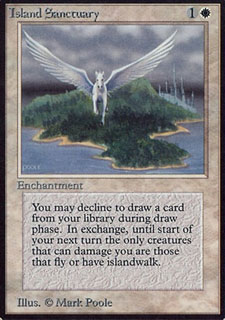 |
Sea Serpent’s mechanics evoke a flavor that you have a creature who requires water to swim in so that it can attack your opponent and so that it can survive on your side of the board. Island Sanctuary crafts a narrative that you are retreating to a secluded island, where only creatures with flying or those that can swim are able to harm you. Both of these cards mechanically reinforce the idea that, as a Planeswalker, when you play an Island card, you are actively summoning an island to the area.
Over the years, we have seen numerous mechanics continue to support this theory. From the man lands of Urza’s Legacy and Zendikar to the fortify mechanic in Time Spiral, one would think this is the correct line of thinking.
Everything seems fine, right? Why have a debate at all when we have such clear evidence supporting the first argument? The answer is that, while there are some mechanics that support the theory, there are other mechanics that refute it.
When I activate Agent of Shauku’s ability, am I really destroying an entire swamp just to give a creature +2/+0? When I retrace Spitting Image, how does discarding a spell that would summon an island empower that? When I summon a Golgari Rot Farm, why does it make my previously summoned mountain disappear?
Compound those ideas with their narrative implications, and this first theory becomes even more impossible to believe.
Are we expected to think that Jace summons four whole islands into existence every time he wields mind magic? Does Nissa need to summon three entire forests before she can entangle a couple vampires in vines? If you were on Kamigawa and a rival Planeswalker showed up and attacked, are you really going to need to create two entire islands just so you can summon a single starfish?
It is because of these rather unbelievable situations that Vorthoses began adopting a second theory:
Theory B: When you play a land card, you are not summoning that land, but are instead establishing a manabond with that land across the Multiverse.
This theory has gained a greater level of acceptance post-Mending, supported even by Doug Beyer himself in his Daily MTG column Savor the Flavor. Under this idea, Planeswalkers do not summon lands, but instead are creating magical bonds with them. As they uncover new sources of mana, a Planeswalker can establish a bond with that location and gain access to its hidden power.
By forming a manabond with a nearby mountain, a red mage gains just enough magical fuel to let loose a lightning bolt. However, in order to accept this new theory, Vorthoses everywhere needed to sweep some of the older mechanics under the rug.
We know it makes no sense for a sea serpent to swim through mana bonds, so maybe we can just assume that the old game mechanics were tied to pre-Mending Planeswalkers and the newer mechanics are in alignment with these manabond-wielding, post-Mending Planeswalkers.
Establishing mana bonds is definitely more believable than summoning entire mountains, but is it any less farfetched to believe that Planeswalkers are establishing mana bonds with lands on far-off planes across the Multiverse in order to cast a single spell?
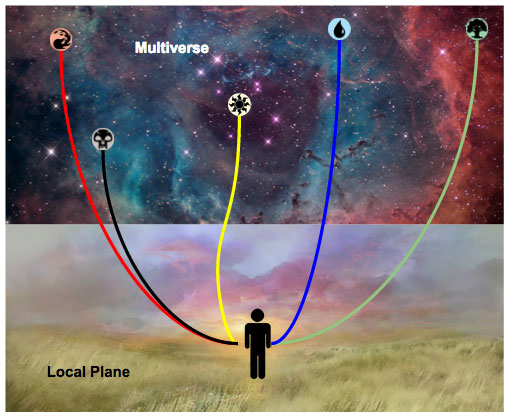
To further the confusion, if the Planeswalkers of today are establishing mana bonds and not summoning actual lands, how do mechanics like awaken make sense in flavor? Am I creating an elemental out of my Multiverse-spanning manabond?
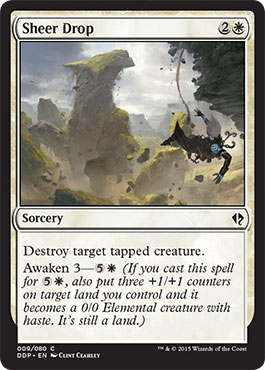
It seems that, as Vorthoses, we are caught between a rock and a hard place. Summoning entire lands does not make much sense if we want our Planeswalkers to seem less godlike and more mortal. Establishing mana bonds does not make sense if we are animating our summoned lands into creatures. What is a Vorthos to do?
I decided to come up with a third theory that would satisfy both situations
Theory C: Land cards represent a “learned method” you are employing to make a manabond with the local area.
Basically what this would mean is that land cards in your deck represent “learned methods” for forming mana bonds that you have figured out at different locations on different planes.
For example, let's say you are exploring Dominaria and you find a mountain range rich in red mana. You form a bond with that area and use its resources in your magic. When you travel to Zendikar, you could use what you learned on Kamigawa in order to form a bond with the local mountains.
Some mana bonds are pretty basic (a bond with nearby mountain), while others are more complex bonding techniques that offer added bonuses (a bond you learned at Valakut on Zendikar allows you to bond with nearby red mana sources and empowers you with free damage spells as long as you continue to make basic red mana bonds).
Using our earlier example, let's imagine that you were strolling through Kamigawa. You have never been to the plane before, and you are exploring it for the first time. Suddenly, a rival Planeswalker attacks.
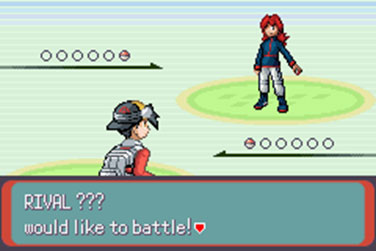
Original image found here
You may not know how to bond to any specific sites on Kamigawa yet, but you know how to access mana. This isn’t your first rodeo. Beneath your feet exist leylines of magical power running from surrounding areas associated with the five major colors, and they are similar to all of the other leylines you have experienced.
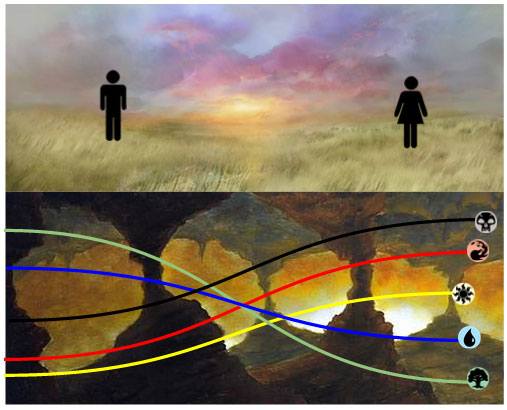
Using a method you learned on Dominaria, you form a bond with Kamigawa’s nearby mountains.
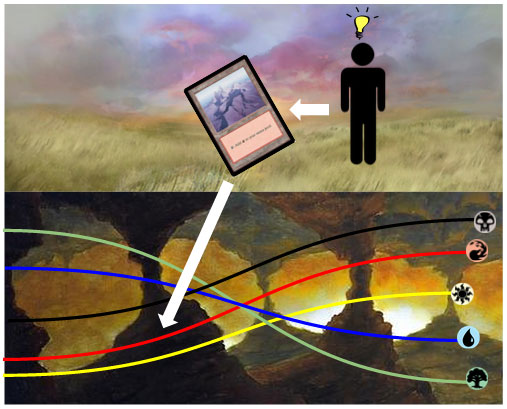
You have now established a bond with the local area that is supplying you with energy for your spells. Throughout the battle, you continue establishing bonds with the land using a variety of techniques you have picked up in your travels across the Blind Eternities.
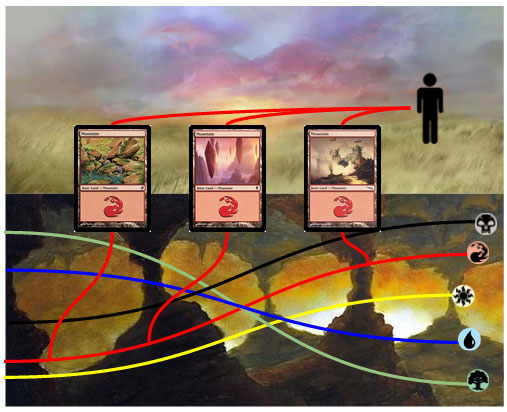
Let’s say you then cast a spell that would animate one of your lands, turning it into an elemental. Under this theory, you would target the area of Kamigawa through which you have established one of your mana bonds and cause that location to rise up as a creature.
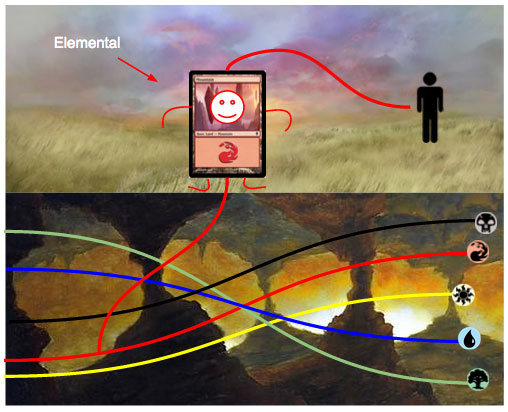
You now have a powerful new ally, but your mana bond is at risk of being destroyed.
Protect your new friend at all costs!
This third theory is a best of both worlds, in that it allows us to use the mana-bond theory as a general way of describing how mana works while still allowing cards that animate lands (like Sheer Drop) or require the existence of certain land types (like mountainwalk) to make sense because you are actively bonding to a local area that corresponds with the types of mana bonds you know how to make.
Wrapping Up
There are many different ways to imagine what it means when you play a land card in a game of Magic. You can picture yourself as a mighty Planeswalker who summons entire islands and mountains into existence, or you could consider land cards to be representations of bonds you have created with the land on your travels. I like to combine the two, and I consider my lands to represent different methods I have learned in my planar adventuress for creating mana bonds with my current surroundings.
How do you envision mana to work in Magic? When you cast a land, what does that mean for you? Let me know in the comments, and until next time, may you always make the bonds you require.
-Ant

















